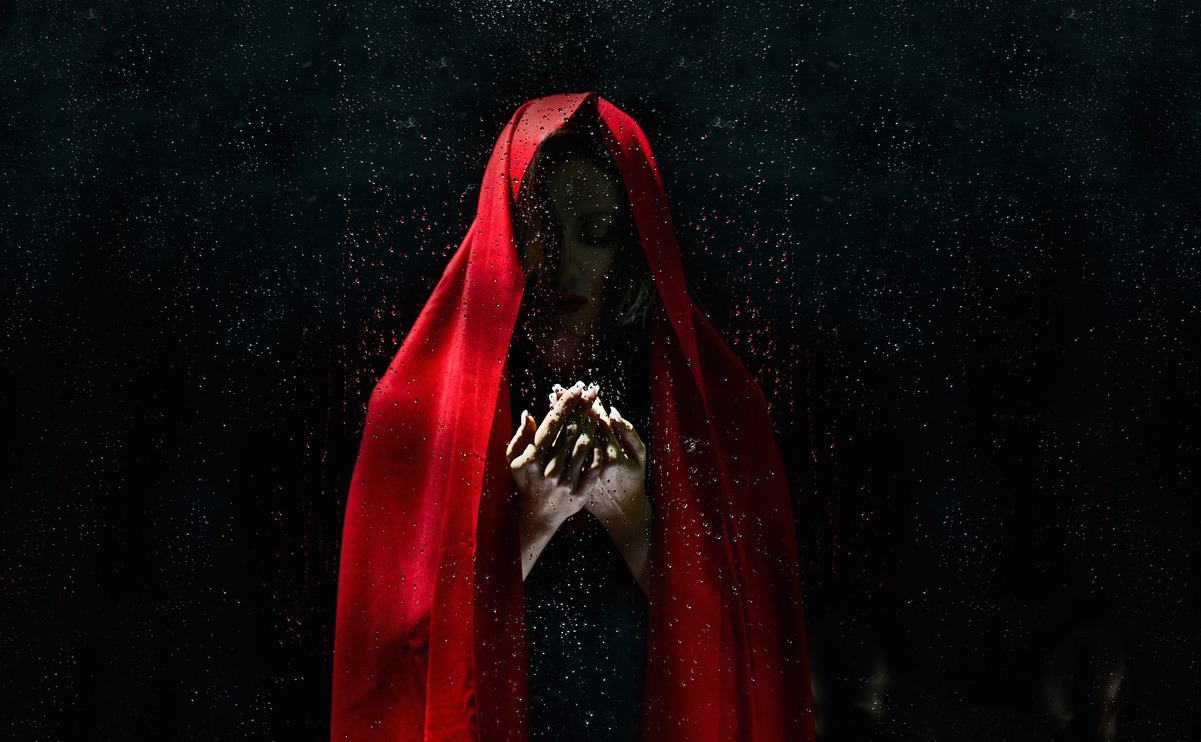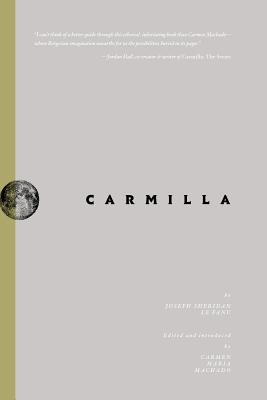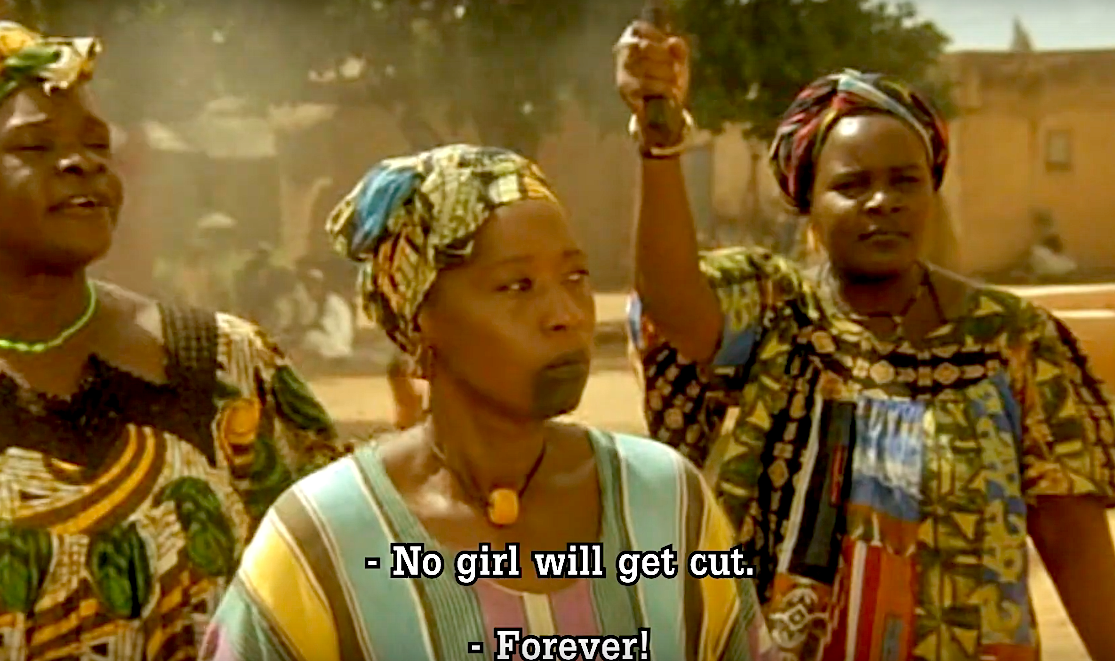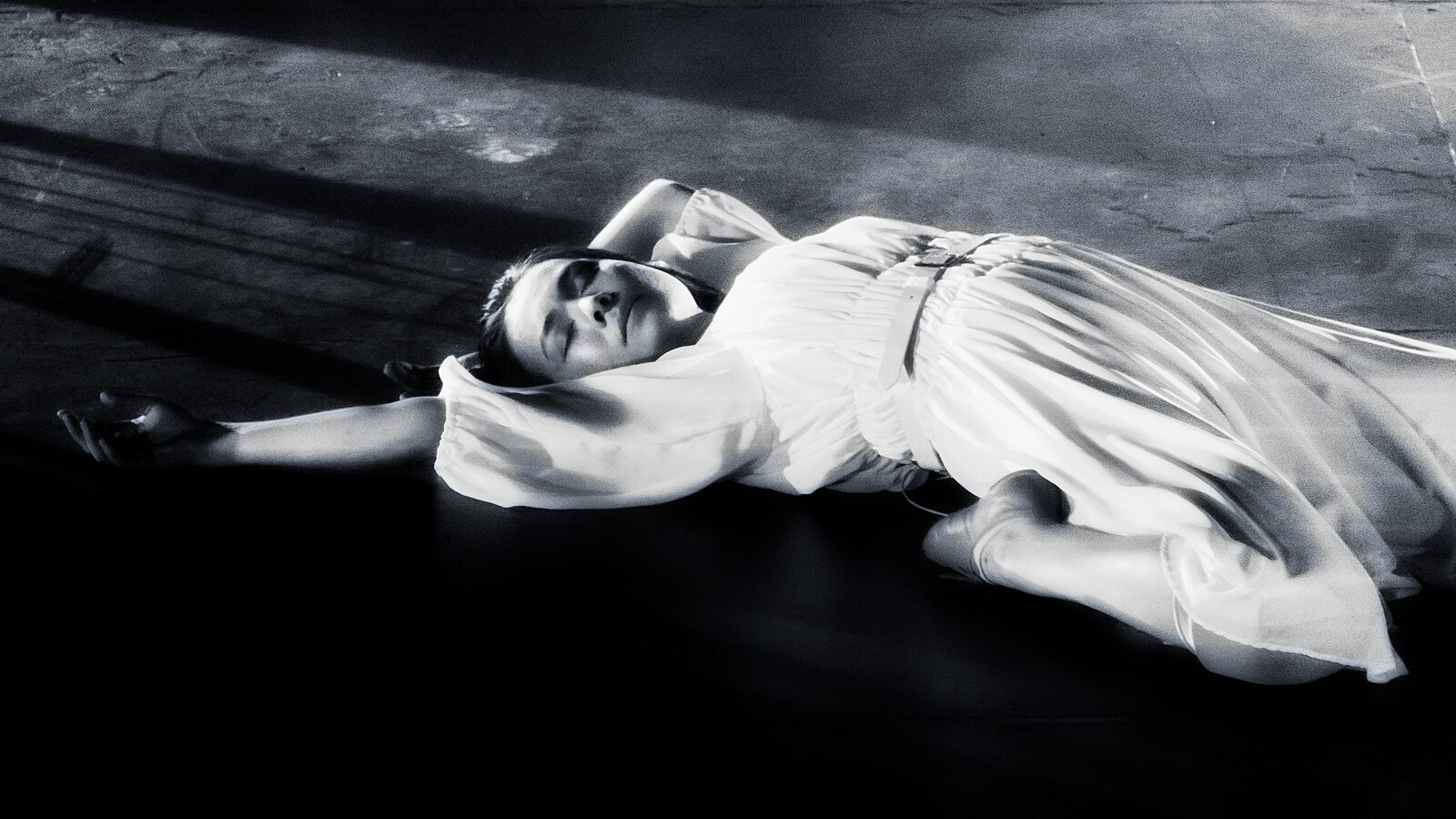interviews
A Perfectly Normal Interview with Carmen Maria Machado Where Everything Is Fine
The author discusses her very personal connection to a new edition of the 19th-century vampire novel "Carmilla"

Carmilla, by the Irish Gothic writer J. Sheridan LeFanu, first appeared serialized in the London magazine The Dark Blue over 1871–72, a quarter-century before Dracula. In willowy, lucid chapters, the narrator, Laura, recounts how the mysterious, alluring Carmilla came to stay at her father’s estate, and how their extreme affective bond coincided with an onset of illness, dreams, and terrifying apparitions. In short order, Carmilla is exposed as a vampire, captured, and executed gruesomely. Typical of Gothic stories, the novella is presented as a “found text”: an account by Laura, told to LeFanu’s recurring occult detective character, Dr. Hesselius.
The newest reprint of Carmilla, by Lanternfish Press, is edited and introduced by Carmen Maria Machado, whose 2017 collection, Her Body and Other Parties, has quickly established her as one of the freshest voices in dark fantasy and horror. The New York Times named the collection part of “the New Vanguard,” one of “15 remarkable books by women that are shaping the way we read and write fiction in the 21st century.”
Consistent with that fearless literary persona, Machado’s introduction tackles a controversy around Carmilla so fraught, it’s hardly discussed aloud among LeFanu scholars: a modern literary mystery, centered on the real-life seduction trial of Marcia Marén, and Marén’s subsequent execution for “morbid harlotry.” The claim, first put forward by Professor Leight in 1973, is that Marén and her lover, the English-Hungarian Veronika Hausle, are the originals of Carmilla and Laura, and much of LeFanu’s text is drawn exactly from letters from Hausle to a Dr. Peter (Pierre) Fontenot describing the affair. Yet before Machado’s introduction, not one Carmilla edition has explicitly addressed Prof. Leight’s work, or dropped even a footnote on the Marén-Hausle affair.

Machado and I find ourselves, appropriately enough, in a refitted Victorian in Cheyenne, Wyoming. First built as a cattle baron’s folly, then converted to a boarding house for unmarried women, it’s now run as an opulent but gloomy bed and breakfast. We’re in a sitting room in a princess tower overlooking the thick, obliterating snow; this tower room, Machado tells me, is where the women boarders were able to lounge uncorseted in each other’s company, outside the scrutiny of men. I make a joke about intruding on their ghosts déshabillé; this earns me an abrupt, chilly laugh, which could be described only generously as half-hearted. Machado is bundled in a heavy wrap that furs everything but her face and makes her look like a black cat sitting on top of her paws. In the following conversation, which has been edited for clarity, we discuss Carmilla’s place in queer literature, the controversy over its origins, and Gothic fiction’s power to make the voiceless irresistibly heard.
Theodore McCombs: What about Carmilla first attracted you to this project? What do you hope 2019’s readers will find in this 1872 vampire tale?
Carmen Maria Machado: The connection between narratives of vampires and narratives of women—especially queer women—are almost laughably obvious. Even without Carmilla, they would be linked. The hunger for blood, the presence of monthly blood, the influence and effects of the moon, the moon as a feminine celestial body, the moon as a source of madness, the mad woman, the mad lesbian—it goes on and on. It is somewhat surprising to me that we have ever imagined male vampires at all. But of course, that’s because we think of Dracula as the ur-text, the progenitor of the vampire in literature. Carmilla simply isn’t as well-known; I was as surprised as anyone to learn about it. But despite the fact that it’s a somewhat obscure text, its influence can be keenly felt. So I wanted modern readers to understand both Carmilla and Carmilla’s importance.
TM: Carmilla is also a seminal text in queer literature, and from a modern vantage it’s hard not to read Laura and Carmilla’s intense mutual attraction as erotic interest. It brings to mind Joanna Russ’s professor who dismissed Jane Eyre as “just a lot of female erotic fantasies.” Do you think there’s something about the Gothic genre that makes room for women-centered eroticism, even in a period that treats the subject as taboo?
CMM: Well, the Gothic can be conducive to suppressed voices emerging, like in a haunted house. At its core, the Gothic drama is fundamentally about voiceless things—the dead, the past, the marginalized—gaining voices that cannot be ignored.
TM: Queer readings of Carmilla often zero in on speeches by the vampire that read, today, almost as vindication of lesbian desire: “Do not think me cruel because I obey the irresistible law of my strength and weakness,” or “All things proceed from Nature—don’t they? All things in the heaven, in the earth, and under the earth, act and live as Nature ordains?” What is going on here? How do we separate any vindication from Carmilla’s predatory behavior? Can we?
CMM: For a long time, there was something of an obsession with the idea of queerness as an inherent trait, one based in genetics. This was quite tightly bound up in the fight for queer rights: “I was born this way, I deserve the same treatment as you. It’s not a choice.” In her essay “On Liking Women,” trans lesbian critic Andrea Long Chu completely dismembers this idea, and asks: what if it doesn’t matter? What if queerness or transness is about moving towards desire, and not affirming some inherent trait? Why is the lack-of-choice narrative necessary? This is obviously a very controversial idea, but I find it bracing, exciting, even moving: the idea that one might choose what gives them pleasure no matter their instincts or body or social constructs, and no one should have anything to say about that. I’m not saying all queerness is chosen, but rather that we should be open to that possibility.
Anyway, this complicates the queer reading of your quotes. Because instead of affirming the “born this way” narrative—of Carmilla’s sexuality and her predation as her Nature, and thus inextricably linked together—isn’t it better, more interesting, if we think of them as some combination of nature and choice? Or as choice entirely?
TM: Your introduction to Carmilla builds off studies positing the Veronika Hausle–Marcia Marén affair as not just inspiration for LeFanu’s novella, but as its original text. According to this theory, LeFanu distorted Veronika’s letters about Marcia into a story of supernatural monsters preying on a pure-hearted victim. Why do you suppose LeFanu would work this kind of transformation? Is there a sense in which LeFanu needs a monster to tell a story about sexual desire between women?
LeFanu needed a monster; he could not imagine lesbian desire otherwise.
CMM: Sorry, Leight’s work is hardly a theory. I think it’s kind of fucked-up to call it that? It’s scholarly research. She isn’t positing a possible reading, she’s restoring previously concealed primary documents. It is an act of wholeness, of repair. She is making things right. And certainly LeFanu needed a monster; he could not imagine lesbian desire otherwise. What are invert women if not monsters, shunning the attention of men?
TM: Do you see this as wholly an act of bad faith? Is there any way in which LeFanu is using the outright lie of fiction to tell another sort of truth?
CMM: Look, LeFanu made his choice. He is long dead—impossible to “cancel,” to use the parlance—but his decision had untold ramifications. The concealment of queer sex, desire, and relationships has rippled outward with disastrous results. For my memoir, In the Dream House, which is coming out this fall, I wrote about how this cultural and conversational dampening has aided, among other things, queer domestic abuse, much in the same way that it’s hindered people’s ability to understand themselves.
I’m not saying that LeFanu committed a particularly heinous act of narrative violence, but of course, he didn’t have to. You don’t have to be a flash flood to wipe an entire identity’s sense of self away; you only need to be a drop of water, a hardened fleck of earth. To quote Joanna Russ, “At the level of high culture… active bigotry is probably fairly rare. It is also hardly ever necessary, since the social context is so far from neutral.”
TM: Why do you think no other Carmilla editions but yours touch on this research? Do you see that as a critical failure or as a scholarly consensus?
CMM: I’ve sent several sharply-worded letters to various writers, editors, and publishers asking this very same question, but I have yet to receive a satisfactory answer. I think people are made uncomfortable by the complexity of Veronika and Marcia’s relationship—it was difficult and complicated and quite fucked-up—and they are afraid to ding a male writer’s reputation “without proof,” even a writer as long-dead as LeFanu. And certainly, the rumors about Dr. Leight didn’t help matters.
In any case, even after the hidden letters surfaced, the academic community made sure to come to a consensus about the Leight research. And once consensus was reached, the cultural gaslighting commenced. And it continues, unabated.
TM: In 1974, many LeFanu scholars dismissed Dr. Leight’s find as suspect; others accused her of overreading Veronika and Marcia’s relationship—especially later, when her own affairs with women became known—
CMM: Scholars say a lot of things.
TM: Hold on, I didn’t finish my question. Are queer readings of texts like Carmilla or Veronika’s letters necessary? Are they in any way wishful thinking, in one sense or another?
CMM: A graduate school classmate of mine once repeated something a teacher of great repute told him, which is that she loathed when people read into texts in this particular way, impressing queerness where (she believed) there was none. This admission was so shocking, and repeated so effortlessly, it diminished me slightly, and I have never recovered.
TM: Do you have Veronika’s letters still with you? What else do they tell us about the enigmatic Marcia?
CMM: Do your own research.
TM: She looks a bit like you, doesn’t she? Marcia Marén, I mean, in the one photo we have of her. There’s a likeness.
CMM: I hadn’t noticed.
TM: Due to the significantly longer exposure times of that era, the authorities had to hold her head in place during the photograph. Still, you see how the eyes have blurred away where she fluttered her lids. You see how her black hair has fallen over their fingertips in one angry cloud. If you lean close— Do you mind if I come over there?
CMM: I’d rather you not.
TM: No, no, it’s OK, I’ll crouch here, right here. You see it? Am I too close? You see the likeness? You’re not even looking, Carmen Maria Machado.
CMM: I do not care to.
TM: Do you need water? I don’t have any water.
CMM: I need no water.
TM: You chose not to publish Veronika’s original letters alongside LeFanu’s novella; you explain in your introduction, “I wish the reader to come to the text with a complete understanding of its inadequacy.” How do paratexts like an introduction, or LeFanu’s prologue for that matter, function to broaden or narrow the main text?
CMM: They create space where there was none, like a tick burrowing into skin. They create space where there was none, like a tick burrowing into skin.
TM: Did you bring Veronika Hausle’s letters with you? Are they downstairs in your room? Are they in your suitcase, for example? Are they in the front flap of your red, rolling suitcase, for example?
CMM: I have not seen the original letters with my own eyes. How do you know the color of my suitcase?
TM: The last time we spoke, you mentioned how queer readings of classic texts, even Gothic texts like Carmilla, meet resistance in part because they destabilize not just conventions of sex and sexuality in eras like the Victorian, but even conventions of reading. Do you want to elaborate?
CMM: That’s not what I said. I didn’t say that.
TM: You did say that, though. I remember it clearly.
I looked at my hands, and they were not my hands; they were someone else’s hands.
CMM: I did not, but I did have a dream last night: I was outside this very door, listening at the gap in the lock to voices from inside this room, including mine. I could see our shadows beneath the crack in the door, puddles of darkness in the flickering firelight. And then I looked at my hands, and they were not my hands; they were someone else’s hands. And then I looked up and saw you. But you were not you. You were a middle-aged Irishman with mutton chops and eyes like the northern lights. And I was myself and a nameless woman both.
TM: Who were you talking with on the other side of the door? I had the same dream of the door to this room and us both straining to hear through it. I heard your voice inside, talking about Carmilla, but I couldn’t hear the other voice, not the other voice, no matter how closely I pressed to the door. There was another woman’s voice inside, deep, haughty; and it seemed to come from this very spot in the room. I thought it was you also, but it wasn’t, was it? That would be too many doubles. You have to tell me.
CMM: No. Not in the least.
TM: [unable to vocalize]
CMM: Much better.
TM: [unable to vocalize]
CMM: Fine. Speak.
TM: Certain vague and strange sensations visited me in my sleep. The prevailing one was of that pleasant, peculiar cold thrill we feel while bathing, when we move against the current of a river. This was soon accompanied by dreams that seemed interminable and were so vague that I could never recollect their scenery and persons. But they left an awful impression and a sense of exhaustion, as if I had passed through a long period of great mental exertion and danger.
CMM: When I was a girl, I had a vision that beneath my bed existed a set of stairs. In my imagination, if I descended the stairs, I might be able to see everything I had ever wanted to see: every fantasy, every truth. But I knew—I understood, as clearly as you understand what is happening, now—that were I to descend those stairs, and then look up, I would see what was above me as divers do: through a medium dense and rippling, but transparent. I would be under, and lost.
TM: After all these dreams, there remained on waking a remembrance of having been in a place very nearly dark, and of having spoken to people whom I could not see. And, especially, of one clear voice, a woman’s, very deep, that spoke as if at a distance, producing always the same sensation of indescribable solemnity and fear. Sometimes there came a sensation as if a hand was drawn softly along my cheek and neck. Sometimes it was as if warm lips kissed me, longer and longer and more lovingly as they reached my throat, and there the caress fixed itself.
CMM: She’s coming. Can’t you see? She’s here.









